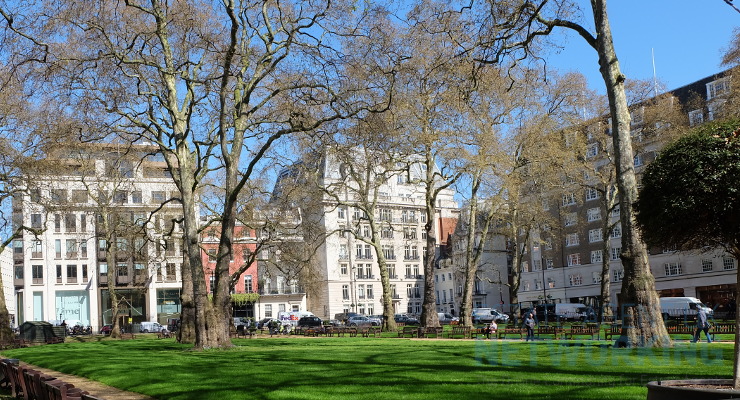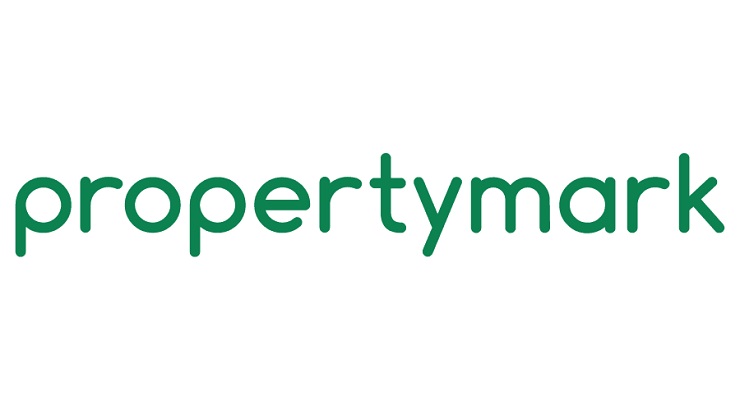What Matters Most to Renters in London Post Coronavirus?
The property market in London is grappling with the effects of the pandemic, notably the changing preferences of renters. Since lockdown in the spring of 2020 showed people what life is like during a public health crisis, many tenants have changed their priorities when looking for flats or houses to rent in London. More access to green space, bigger flats, and faster internet are now the most important things renters look for, along with proximity to supermarkets and placement in a good school’s catchment area. Our team at SearchSmartly have worked tirelessly to crunch the data and understand what matters most to renters in London post coronavirus and it’s all here below!
Green Space
Outdoor space or proximity to parks has become the top priority of London renters following the coronavirus pandemic. After being stuck in lockdown in the spring, and with further restrictions on movement throughout the summer and fall, Londoners are craving their own green space more than ever. Properties with a balcony, terrace, garden, or shared outdoor space are receiving much more interest than those without. Since July, landlords and property agents have noticed a huge uptick in the numbers of people asking for green space as they search for a new home.
Living through a pandemic in a big city has made Londoners want fresh, open air. Tenants now ask for a public park within 10 minutes’ walking distance or, even better, a private garden or balcony. Property search tools that allow people to locate available homes based on proximity to green space have become much more useful post-COVID as a result.
More Living Space
Before the pandemic, many renters were willing to forgo spacious homes for a great location in central London. In the several months since the initial confinement, however, the desire for a larger house or flat has started usurping location as a priority. With more people working from home than ever, and many planning to do so indefinitely, having an extra bedroom or a large living room for a home workspace has become more important to London renters.
A good location is still sought after by those looking for flats in London. Instead of looking for homes close to work or to public transport, though, people look for proximity to green space. Before the pandemic, commute to work was a big factor for London renters, as was having a public transport station within walking distance. Now, people are willing to put up with longer commute times because they’re likely spending half or more of their working time at home anyway. And Londoners have taken to cycling much more since the pandemic started, so access to buses, trains, and the tube is less vital than it was before. Ultimately, tenants are prioritising livable space over location, however, and find flats or houses with extra rooms more appealing.
Fast Broadband
Speedy internet has become one of the top factors people search for in a new flat in London post-coronavirus. Another result of the switch to remote working, the need for fast broadband was the number-one priority for London tenants according to a survey conducted by letting and property agent Benham and Reeves in June 2020. People who work from home need fast internet, so they want to live in a building that’s connected to good broadband service.
Although the rise in the number of teleworkers has likely influenced this ranking factor’s rise to number one on renters’ lists, the pandemic isn’t the sole cause. During this same survey conducted the year prior, fast broadband ranked as the second most important factor.
Nearby Supermarket
Although proximity to bars and restaurants may have lessened as a top renter priority, nearby shops and supermarkets have become more important post-COVID. Most people don’t want to have to go far to get their food or basic needs items. Especially for those who don’t have a car and must carry their groceries on foot, nearby shops are essential. People might not be going out as much during the pandemic, and some supermarkets now deliver straight to your door. But these factors don’t negate Londoners’ desire for proximity to supermarkets and shops.
Catchment Areas
Being within a good school’s catchment area was a rental priority before coronavirus and remains important afterward. Even if schools are doing remote lessons, a student’s address still matters for getting accepted into the school. As more families look to rent instead of buy throughout London, the number of tenants searching for flats near good schools increases.
In recent years, there’s been more competition for getting into first-choice schools. Less than 85 percent of students who applied for a primary school were accepted by their first choice in 2020. The pandemic may have changed some priorities for renters, but proximity to good schools will always be important for London families.
Final Thoughts on London Renters’ Priorities Post-COVID
Rental preferences in London have undoubtedly shifted since the pandemic. The biggest changes are the desire for more green space and larger homes. As the health crisis continues to unfold, it’s possible preferences will change again. The property industry will have to keep up with these developments and respond to renters’ needs.









